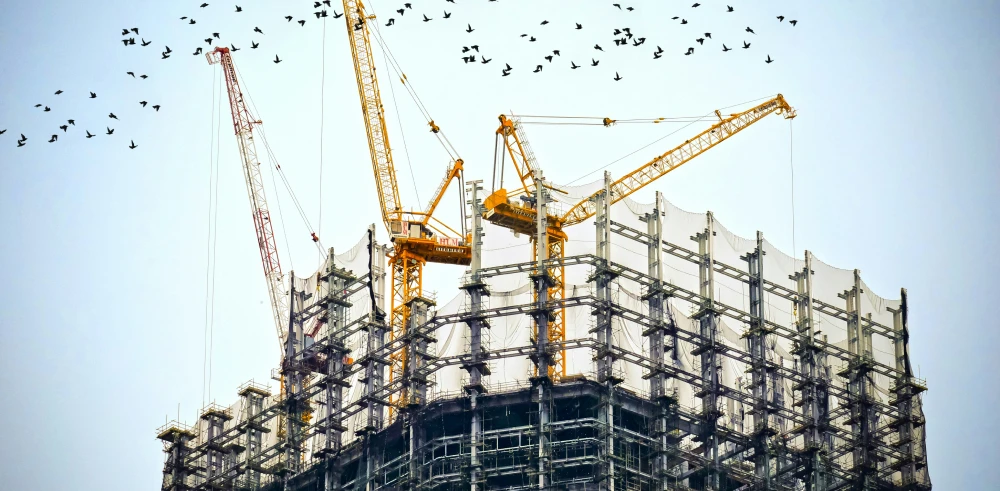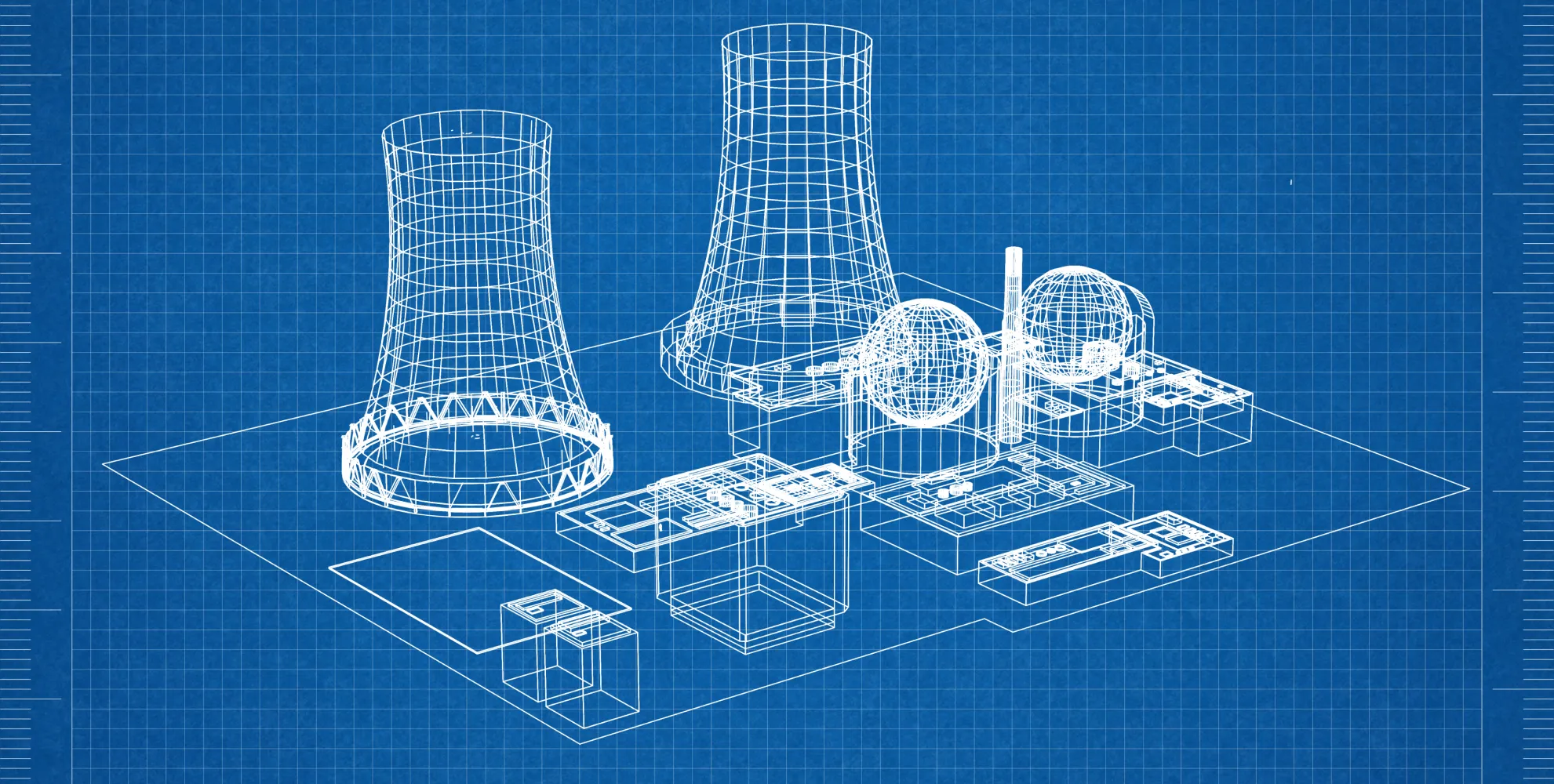Transforming public consultation with 3D/4D visualisation at Glencaple
Majenta’s 3D and 4D visualisations for George Leslie’s Glencaple sewer upgrade transformed public consultation, turning initial opposition into informed support. By clearly showing the phased construction and final design, the models addressed concerns, improved stakeholder engagement, streamlined planning approvals, and helped avoid costly delays.
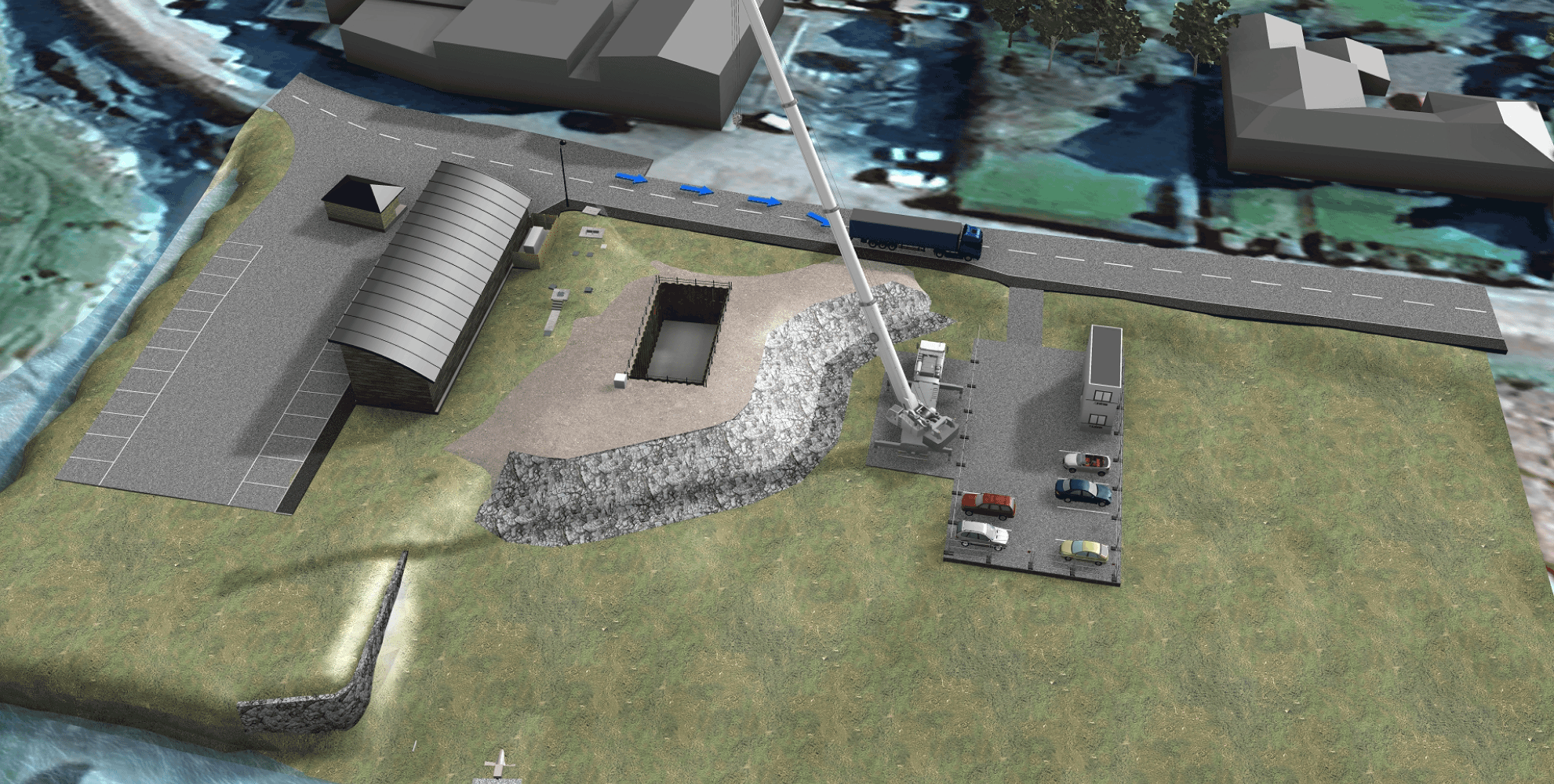
Transforming Public Consultation with 3D/4D Visualisation
Majenta partnered with George Leslie Ltd to provide crucial 3D and 4D modelling services for a significant upgrade to the existing sewer network in Glencaple, Scotland. The project faced initial challenges related to public perception and the need for clear communication regarding the development's scope and impact within the local community.
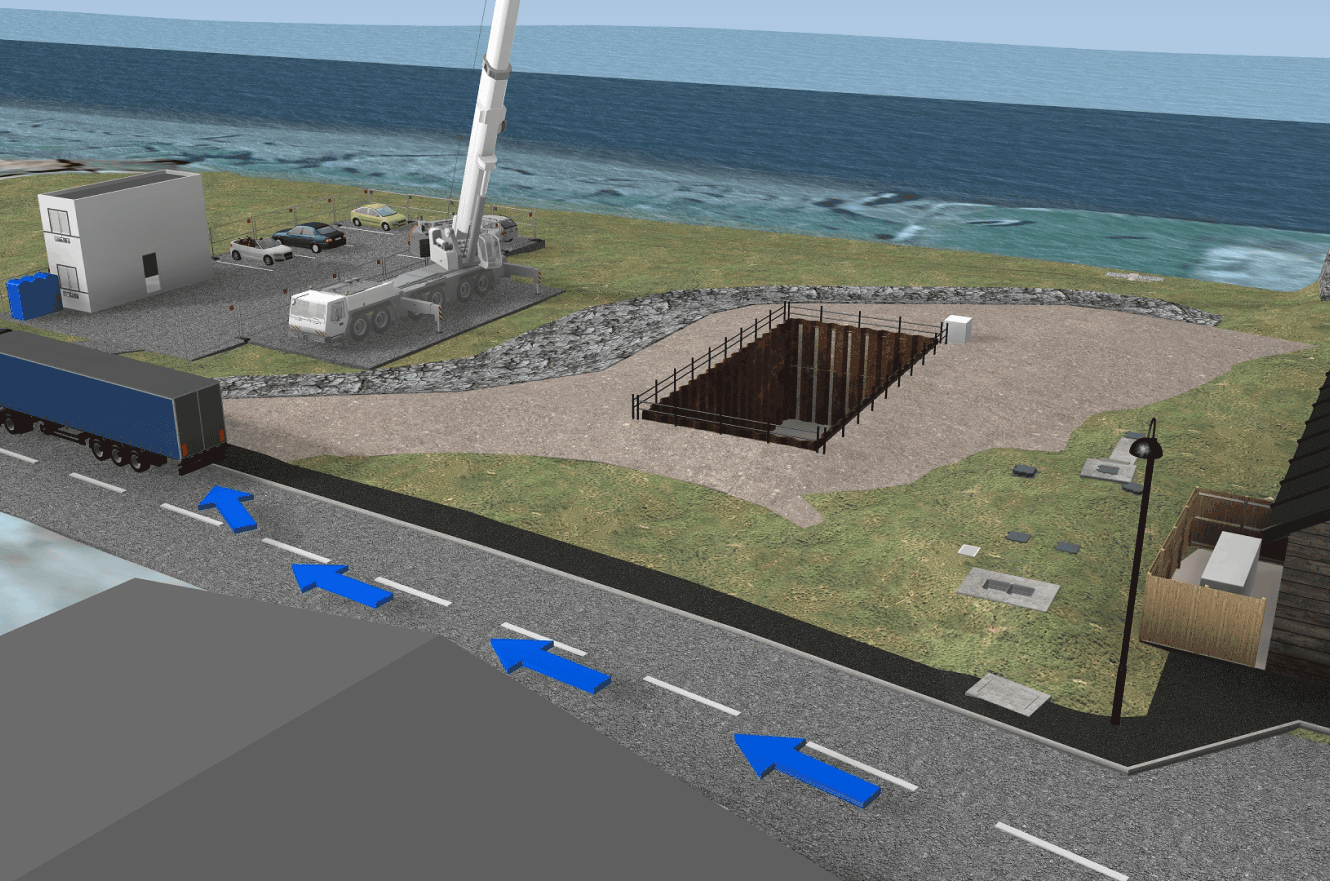
Project background
The existing sewage network in Glencaple required a substantial upgrade due to local population growth, the need to meet increased standards for outfall specifications, and the fact that the current assets were well beyond their effective operational life. However, the project initially encountered public objections, largely stemming from a lack of a clear visual representation of the proposed development and limited early-stage public engagement. Gaining community and stakeholder buy-in was therefore critical for the project's progression.
Creating the 3D and 4D models
To address these challenges, George Leslie engaged Majenta to develop detailed 3D and 4D models of the proposed upgrade. Mabey Hire’s 3D temporary works design model was key in ensuring the accuracy of the model. These models were specifically designed to give both the local community and key stakeholders a better understanding of the project lifecycle.
During public consultation meetings, the 4D model, showcasing the phased construction process and the final operational state, was presented dynamically. This allowed for the presentation to be paused at various points, providing opportunities to explain specific aspects in detail, receive immediate feedback, and comprehensively answer questions from the community.
The models were also used for remote presentations to governmental stakeholders via platforms such as MS Teams, ensuring consistent communication across all parties. When minor changes were requested based on feedback, these could be incorporated into the models with ease.
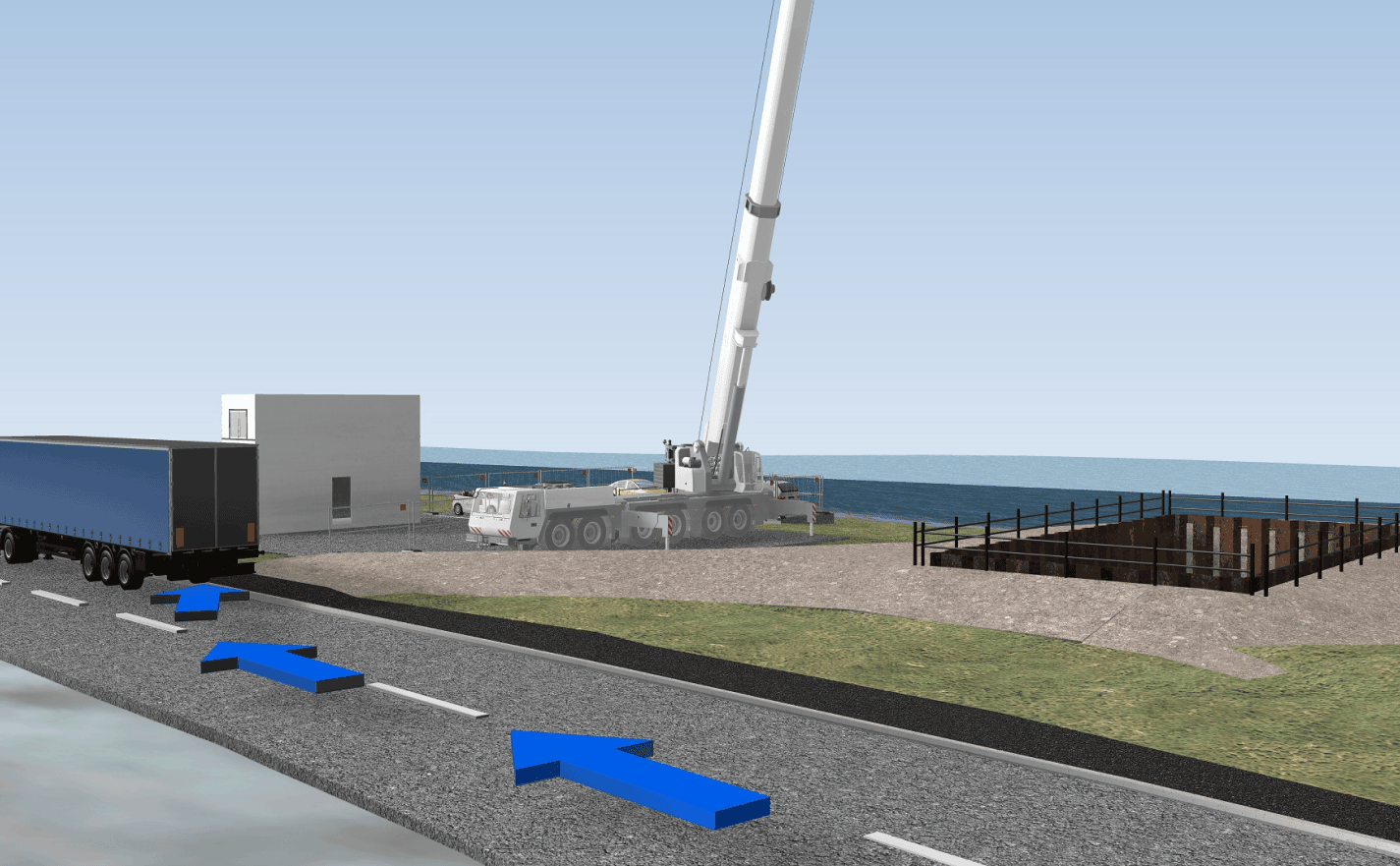

Benefits of 3D and 4D modelling
The application of 3D and 4D modelling delivered significant advantages, particularly in public and stakeholder engagement:
Addressing public concerns and fostering understanding
The detailed visualisations provided by the 3D/4D models offered a clear and accessible understanding of the proposed development, directly addressing initial community concerns that arose from uncertainty and a lack of visual information.
Streamlining planning and legal acceptance
The clear, sequenced presentations of the construction process and the final treatment facility were instrumental in navigating the formal planning process and in obtaining necessary ongoing legal acceptances from regulatory bodies.
Communicating complex technical details
The 4D models translated complex engineering and technical aspects of the project into an easily digestible visual format. This was crucial for effective communication with non-technical stakeholders, including the local community, who could more readily grasp the project's scale and components compared to reviewing abstract 2D drawings.
Improving community relations
Incorporating minor visual adjustments to the scheme based on public feedback and showing these changes in the updated models made the local community feel genuinely engaged and listened to, leading to smoother project progression and a broader acceptance of the necessary works.
Impact
The strategic deployment of Majenta's 3D and 4D modelling services by George Leslie was pivotal in transforming the public consultation phase of the sewage treatment works upgrade in Glencaple. This investment significantly eased the formal planning process and fostered vital acceptance from the local community and stakeholders.
Notably, the availability of detailed and clear visualisations for the first public consultation is estimated to have avoided a potential four-week time extension and its associated costs by proactively addressing concerns and negating the need for further consultations prior to the client's resubmission of the planning application.
This approach helped reduce the time and resources that might otherwise have been spent addressing ongoing objections and enquiries. Reflecting on the project, it's evident that integrating such advanced modelling from the outset of similar projects could offer substantial benefits, potentially streamlining the pre-construction phase and avoiding extensions.

